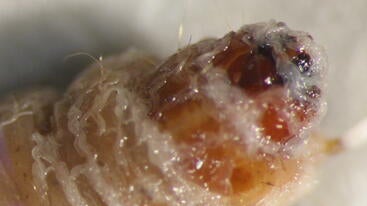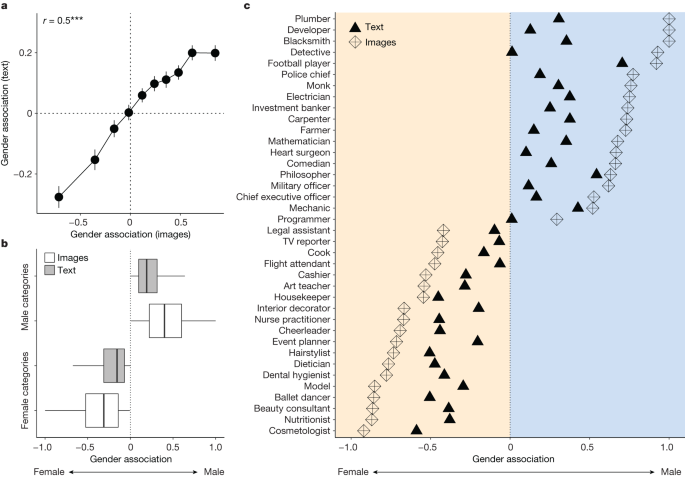2024-02-08 カリフォルニア大学リバーサイド校(UCR)

S. adamsi emerging from its deceased insect host. (Adler Dillman / UCR)
<関連情報>
- https://news.ucr.edu/articles/2024/02/08/surprise-discovery-tiny-insect-killing-worm
- https://bioone.org/journals/journal-of-parasitology/volume-110/issue-1/23-60/Steinernema-adamsi-n-sp-Rhabditida–Steinernematidae-a-New-Entomopathogenic/10.1645/23-60.short
タイ産の新しい昆虫病原性線虫 Steinernema adamsi n. sp. Steinernema adamsi n. sp. (Rhabditida: Steinernematidae), a New Entomopathogenic Nematode from Thailand
Anil Baniya, Chanakan Subkrasae, Jiranun Ardpairin, Kyle Anesko, Apichat Vitta, Adler R. Dillman
Journal of Parasitology Published:9 February 2024
DOI:https://doi.org/10.1645/23-60
Abstract
A new species of entomopathogenic nematode, Steinernema adamsi n. sp., was recovered from the soil of a longan tree (Dimocarpus sp.) in Mueang Lamphun District, Thailand, using baiting techniques. Upon analysis of the nematode’s morphological traits, we found it to be a new species of Steinernema and a member of the Longicaudatum clade. Molecular analyses of the ITS rDNA and D2D3 of 28S rDNA sequences further confirmed that S. adamsi n. sp. is a new species of the Longicaudatum clade, which is closely related to Steinernema guangdongense and Steinernema longicaudam. Using morphometric analysis, the infective juveniles measure between 774.69 and 956.96 lm, males have a size range of 905.44 to 1,281.98 lm, and females are within the range of 1,628.21 to 2,803.64 lm. We also identified the symbiotic bacteria associated with the nematode based on 16S sequences as Xenorhabdus spp. closely related toXenorhabdus griffiniae. Furthermore, we have successfully assessed a cryopreservation method for the long-term preservation of S. adamsi n. sp. Successful cryopreservation of this new species will allow for the longer preservation of its traits and will be valuable for its future use. The discovery of this new species has significant implications for the development of effective biological control agents in Thailand, and our work contributes to our understanding of the diversity and evolution of entomopathogenic nematodes.

